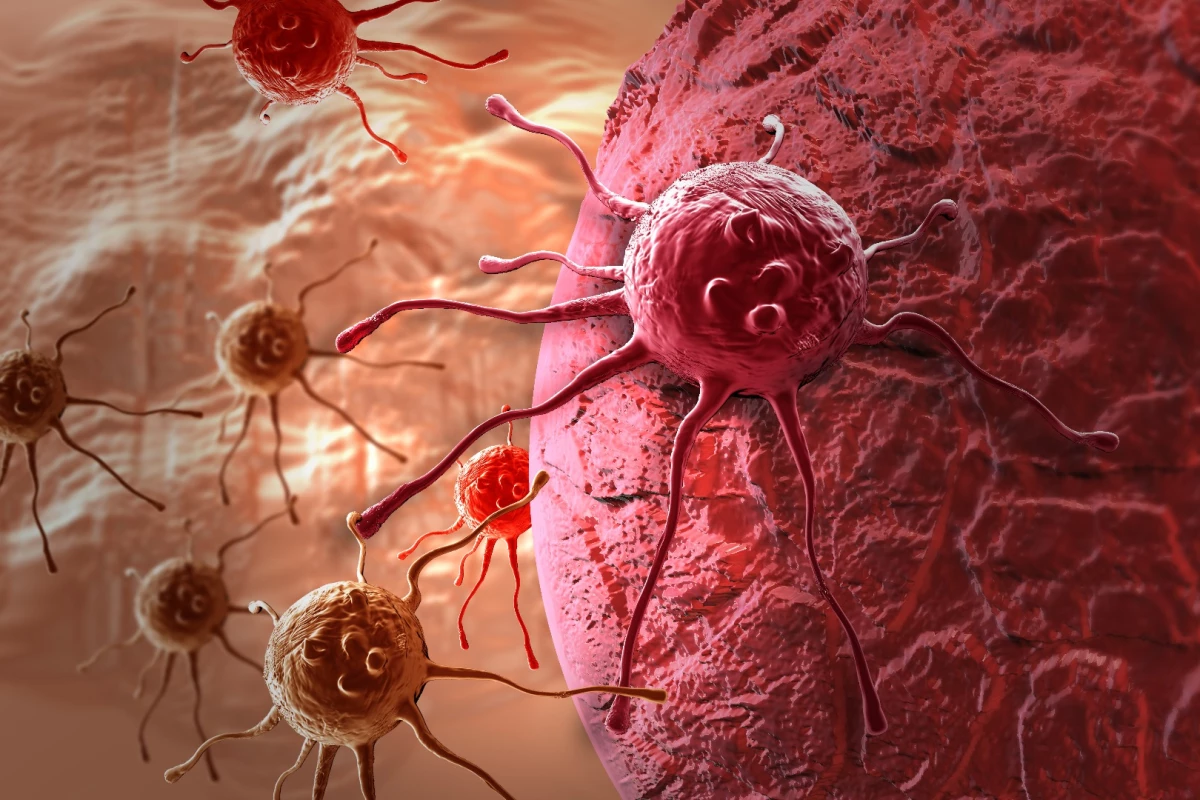Back in January, a Johns Hopkins University study was released claiming that two-thirds of adultcancers are down to random mutations, or more simply put – bad luck.Now, a team of researchers from Stony Brook University is refutingthat claim, providing an alternative analysis that counters theargument, stating instead that external factors actually play a muchbigger role.
While we have a strong understanding ofcancer, and countless research teams across the globe are working onmore effective treatments, its development is extremely complex, andthere's a great deal of debate surrounding the factors that causeparticular cancers. A more solid understanding of the causes willnaturally improve research, leading to better-targeted treatments.
With this goal in mind, and inspired bythe Johns Hopkins paper, the Stony Brook University research team setout to provide concrete evidence for behavior and environment playinga role in cancer.
"Many scientists argued against the'bad luck' or 'random mutation' theory of cancer but provided noalternative analysis to quantify the contribution of external riskfactors," said study lead author Song Wu. "Our paper provides analternative analysis by applying four distinct analytic approaches."
First, the team examined the risk posedby tissue cell turnover – the process by which new cells are produced. Using the same data as the Johns Hopkins study, the researchers looked carefully at the relationshipbetween lifetime risk of cancer and the division of normal tissue stem cells. They postulated that if intrinsic risk was the major factor in canceroccurring, then tissue with similar stem cell divisions would have asimilar lifetime cancer risk. That correlation turned out to bepretty rare, indicating that just 10 percent of cancers were due tointrinsic risk factors.
Next, the team performed mathematicalsurveys on recent studies that looked at mutational signatures incancer – the fingerprints left on cancer genomes by varyingmutagenic processes. Analyzing the data, the researchers identifiedand categorized around 30 different signatures, determining theorigin of each case. The results showed that certain cancers weremore than 50 percent intrinsic, but that the majority weremore than 50 percent likely to have been caused by external factors.
Still not content with the weight ofevidence, the team then looked at data from the Surveillance, Epidemiology and End Results Program (SEER). Those results showed that occurrence and mortality rates for numerous cancers are actually increasing, which the researcherslogically attributed to external factors.
The final part of the study didn't relyon existing data sets, but instead drew heavily on our knowledge ofgene mutations in cancer, with the team creating a computationalmodel to analyze likely intrinsic mutation rates.
It's generallyaccepted that at least three mutations need to happen before cancer canoccur. If getting cancer is purely bad luck, then intrinsic factorswould be need to be sufficient to cause multiple mutations. The modelshowed that this simply wasn't the case, indicating once more thatintrinsic factors are only responsible for cancer in a smallpercentage of cases.
Overall, the researchers believe thatthe multi-method approach – using both data analysis and modelling– could have a big impact on cancer research efforts. Senior authorand study lead Dr. Yusuf Hannun commented that it "provides a newframework to quantify the lifetime cancer risks from both intrinsicand extrinsic factors, which will have important consequences forstrategizing cancer prevention, research and public spending."
The researchers published the findingsof their work in the journal Nature.
Source: Stony Brook University




